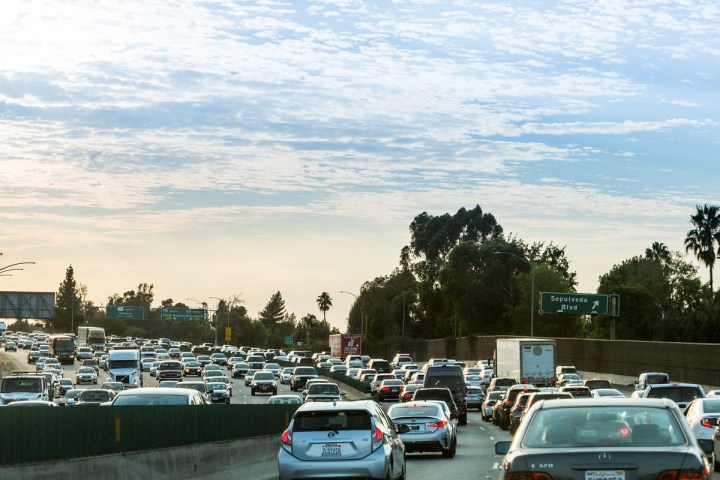
One of the biggest unknowns in U.S. environmental policy has been how the administration of President Donald Trump would react to California’s ability to set its own stricter emissions standards — something that goes against the administration’s policy of laxer government regulations. The story took a new turn Thursday, July 26, with the announcement that four major automakers — Ford, Honda, BMW, and Volkswagen — had cut a deal with California on emissions.
The agreement constitutes an acknowledgment by the four automakers of California’s right to set its own emissions standards, putting them at odds with a White House that has indicated it wants to strip the state of that right and roll back Obama-era emissions standards.
“Ensuring that America’s vehicles are efficient, safe, and affordable is a priority for us all,” the four automakers said in a joint statement. The agreement with California is voluntary and not legally binding, but the automakers said they hoped it could help maintain a national set of emissions standards and curtail continued conflict between the federal and state governments.
The four automakers “didn’t want to face the expense, distraction, and the bad publicity that comes from being part of a big rollback on clean cars,” Mary Nichols, who chairs the California Air Resources Board (CARB), the agency which sets the state’s emissions regulations, said in an interview with Reuters. Because of the long lead times involved in developing and launching new cars, automakers seek regulatory certainty above all else. Stricter regulations that are locked in for the long term are preferable to an abrupt shift to looser regulations.
The White House told Reuters that “the federal government, not a single state, should set this standard.” In a statement to Reuters, Environmental Protection Agency spokesperson Michael Abboud called the agreement between California and the automakers a “PR stunt.”
The agreement is less strict than the Obama-era rules, but tougher than standards proposed by the Trump Administration. Rules adopted in 2012 call for average fuel efficiency of 46.7 mpg by 2025, with average annual increases of about 5%. The Trump Administration has proposed freezing fuel-economy standards at 2020 levels through 2026, which would yield a fleetwide average of 37 mpg by the final year.
Under the agreement between California and the four automakers, the average fuel economy would increase by 3.7% annually between model years 2022 and 2026. But 1% of that annual increase could be covered by credits awarded for building hybrid, battery-electric, and hydrogen fuel-cell vehicles. The agreement would also raise the cap for credits for fuel-economy improvements that don’t register in traditional testing, and would remove a requirement to account for “upstream” emissions, according to Reuters.
Automakers want to see the fighting between California and the federal government over emissions standards end. In June, 17 automakers sent a letter to Trump and California Governor Gavin Newsom asking to revive talks over emissions regulations. Prolonged uncertainty would be a nightmare for automakers, as it would limit their ability to make future plans.
States currently have the option to follow federal emissions rules or California’s stricter rules, with 12 states having opted for the latter. They will likely follow California’s lead in accepting the compromise with Ford, Honda, BMW, and VW — or any other automakers that sign on.
Editors' Recommendations
- Samsung Galaxy S21 will be a digital key for Audi, BMW, Ford, Genesis cars
- Ford could build its next Mustang-inspired electric car on Volkswagen bones
- Volkswagen and Ford confirm partnership on electric cars, autonomous driving


